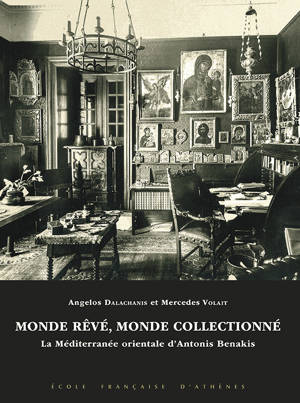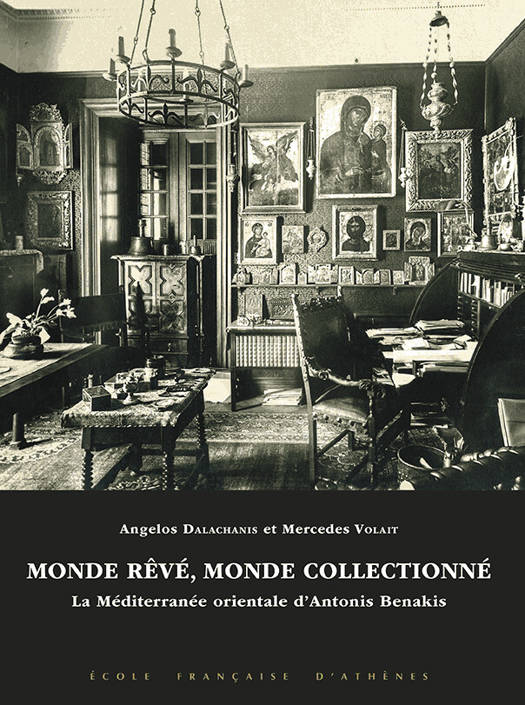
- Afhalen na 1 uur in een winkel met voorraad
- Gratis thuislevering in België vanaf € 30
- Ruim aanbod met 7 miljoen producten
- Afhalen na 1 uur in een winkel met voorraad
- Gratis thuislevering in België vanaf € 30
- Ruim aanbod met 7 miljoen producten
Zoeken
Monde rêvé, monde collectionné
La Méditerranée orientale d'Antonis Benakis (1900-1931)
A. Dalachanis, M. Volait
€ 62,54
+ 125 punten
Omschrijving
This book revisits, based on previously unpublished documentation scattered across Athens, Paris, London, and Geneva, the history of the art collections assembled by a prominent member of the Greek expatriate community in Alexandria, Antonis Benakis (1873-1954), from his early acquisitions around 1900 to the opening, in 1931, of the museum that bears his name in Athens. The study situates his acquisitions of Greek, Coptic, Byzantine, Arab, Turkish, and Persian objects within the social, cultural, economic, and political context of his life, first in Alexandria, where his francophone and, even more so, anglophile family ran a significant cotton export business, and later in Athens, where the Alexandrian collector became an active participant in a vibrant cultural and associative life from 1927 onward. The study challenges conventional wisdom that views Benakis' acquisitions of Islamic and Greek art as separate and successive, demonstrating instead that these collections were part of a unified and distinctive project: to showcase the Eastern Mediterranean, a world envisioned by the Greek irredentist project of the "Great Idea", in both its unity and the multiplicity of connections and entanglements linking many facets of its material culture over a very long period.
Specificaties
Betrokkenen
- Auteur(s):
- Uitgeverij:
Inhoud
- Aantal bladzijden:
- 321
- Taal:
- Frans
- Reeks:
- Reeksnummer:
- nr. 2
Eigenschappen
- Productcode (EAN):
- 9782869586338
- Verschijningsdatum:
- 31/12/2024
- Uitvoering:
- Hardcover
- Formaat:
- Genaaid
- Afmetingen:
- 250 mm x 290 mm
- Gewicht:
- 1655 g

Alleen bij Standaard Boekhandel
+ 125 punten op je klantenkaart van Standaard Boekhandel
Beoordelingen
We publiceren alleen reviews die voldoen aan de voorwaarden voor reviews. Bekijk onze voorwaarden voor reviews.








